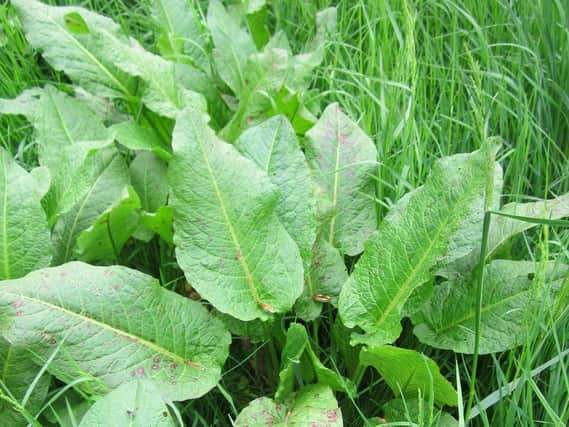How dock leaves relieve nettle stings - a folk medicine mystery


One particular patch had become very overgrown and my task has been to clear it up. Weeds, brambles and nettles have had to be dealt with (writes Dr Keith Souter).
Nettles are a real nuisance and nettle stings can be quite painful. The thing is that you only have to brush against them and you get the instantaneous burning pain of the sting.
Advertisement
Hide AdAdvertisement
Hide AdThe instinctive thing is to reach for the nearest dock leaf and apply possibly the oldest piece of folk medicine that everyone knows about. It always seems to work.
Or does it? The scientist in me tells me that it is unlikely to and it is simply a placebo. So, I did a little research and began by putting nettles under my microscope.
The stems and the leaves are covered in tiny hairs, which are actually delicate tubes which have a silica tip.
When you brush against them the tip is fractured, like glass and the hair becomes like a needle that injects chemicals into the skin.
Advertisement
Hide AdAdvertisement
Hide AdThis is mainly formic acid, but also includes histamine, acetylcholine, serotonin, leukotrienes and moroidin. These immediately irritate, causing the burning sting and the raised bumps of nettle rash.
The scientific Latin name for the stinging nettle is Urtica dioica.
Interestingly, the Romans used it to treat rheumatism and arthritis by thrashing affected joints with nettles, a process they called urtication.
A principle belief of early medicine was that nature allowed healing plants to grow where they would be needed.
Advertisement
Hide AdAdvertisement
Hide AdSo that was the reason people believed that dock leaves tended to grow near nettles.
Various explanations about why the dock leaf works have been put forward, including that the sap contains an antihistamine, but I have not been able to find any research to back that up.
Another is that the sap is alkaline and counteracts the formic acid.
That is not correct, since the sap is actually slightly acidic.
Advertisement
Hide AdAdvertisement
Hide AdIt may be that it is cooling and soothes as it evaporates, or that the rubbing is a counter-irritant that over-rides the itch.
Or it could simply be a placebo after all.
But other leaves I’ve tried just don’t seem to work, so I’ll be sticking with the dock leaves.